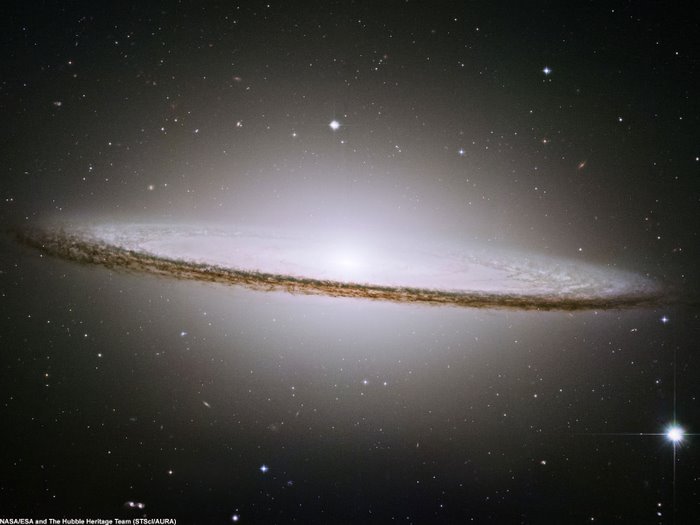This article at livescience.com discusses recent data from the Planck satellite launched by the European Space Agency in 2009 that supports the existence of the same anomaly NASA's Wilkinson Microwave Anisotropy Probe (WMAP), launched in 2001, found. The Wilkinson data
unexpectedly suggested that the universe may be lopsided — hot and cold
spots on one side of the cosmos appear hotter and colder than on the
other. One explanation for the data is that the universe is curved, or saddle shaped. From the article:
Researchers investigating a major anomaly in the afterglow of the Big Bang suggest the fabric of space and time may actually be curved like a saddle, possibly upending the currently leading notion that light and anything else traveling through spacetime zips through a "flat" universe in straight lines. In a saddle-shaped universe, however, any object that seems like it is traveling parallel to another item will actually veer away from it after vast distances.
Andrew Liddle, a cosmologist at the University of Edinburgh in Scotland Liddle and his colleague Marina Cortês detail their findings in the Sept. 13 issue of the journal Physical Review Letters.







No comments:
Post a Comment